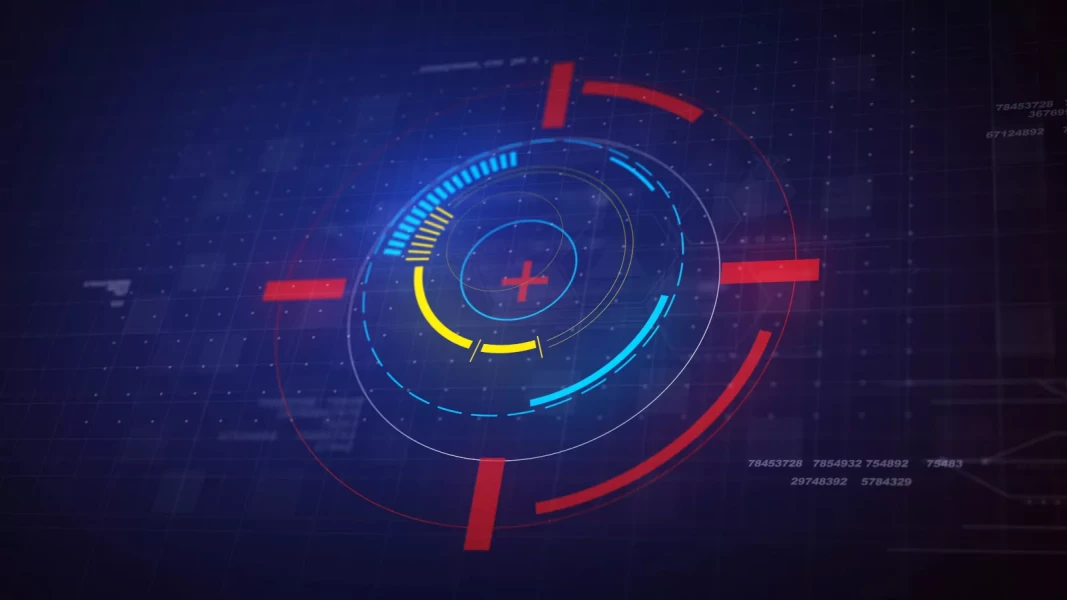Challenges in the development of a soft sensor
As part of the "KIBAPap" project, a soft sensor is being developed to determine the dry content after the press in order to identify possible potential for increasing the dry content. The development of the soft sensor is being carried out by project partners from Munich University of Applied Sciences, Leipa Group GmbH and Consultingtalents AG at PM 5 in Schwedt and will be utilised together with the Institute of Textile Technology at RWTH Aachen University. The "KIBAPap - AI-based operator assistance system in the paper recycling loop" project aims to significantly reduce resource consumption in the production process by adapting process parameters to the quality of the raw material. The basis for this is data collected along the value chain, which is used for process optimisation with the help of comprehensive analysis methods and artificial intelligence. Leipa Group GmbH is providing the industrial equipment for the paper production side of the project. Leipa is focussing on the production of packaging paper from 100% waste paper. Uncoated corrugated base paper has been produced at PM 5 in Schwedt, which is being used for trials, since 2018.
Saving raw materials and energy is currently more important than ever and is therefore one of the main objectives of the project. In order to achieve this, measurements and sensors to visualise the current status play an important role. However, as measurement technology reaches its limits in some places, cannot be procured for cost reasons or cannot be safely installed in the paper machine for space reasons, soft sensors offer a good alternative.
In this presentation, the methodology for developing a soft sensor to determine the dry content after the press will be examined and possible challenges in the development process will be highlighted. A system analysis of the equipment serves as the basis for the soft sensor. In a further step, parameters are determined based on theoretical approaches and experience from everyday production, which have an influence on the desired target value. With the help of correlation analyses and evaluations, dependencies can be determined based on historical data. The number of influencing parameters that serve as input for the soft sensor can thus be limited to the relevant parameters. Machine tests are carried out to confirm individual parameters that have been determined by process engineering knowledge in order to determine their influence. Identified and validated influencing factors can then be used as input for the selected modelling approach. The equation and AI-based models are optimised and validated using historical data. The selected model can be continuously checked using comparative values from laboratory and retrofitted online measurements, ensuring constant optimisation and further development. A soft sensor is implemented as soon as it can be ensured that the model reliably represents the real-life conditions. In future, this can be used to simulate theoretical conditions without having to intervene in production. This will make it possible to find optimum operating windows, for example. Using the example of the dry content after the press, it will be possible to draw conclusions about optimisation options for steam consumption and thus about potential for reducing energy costs.
